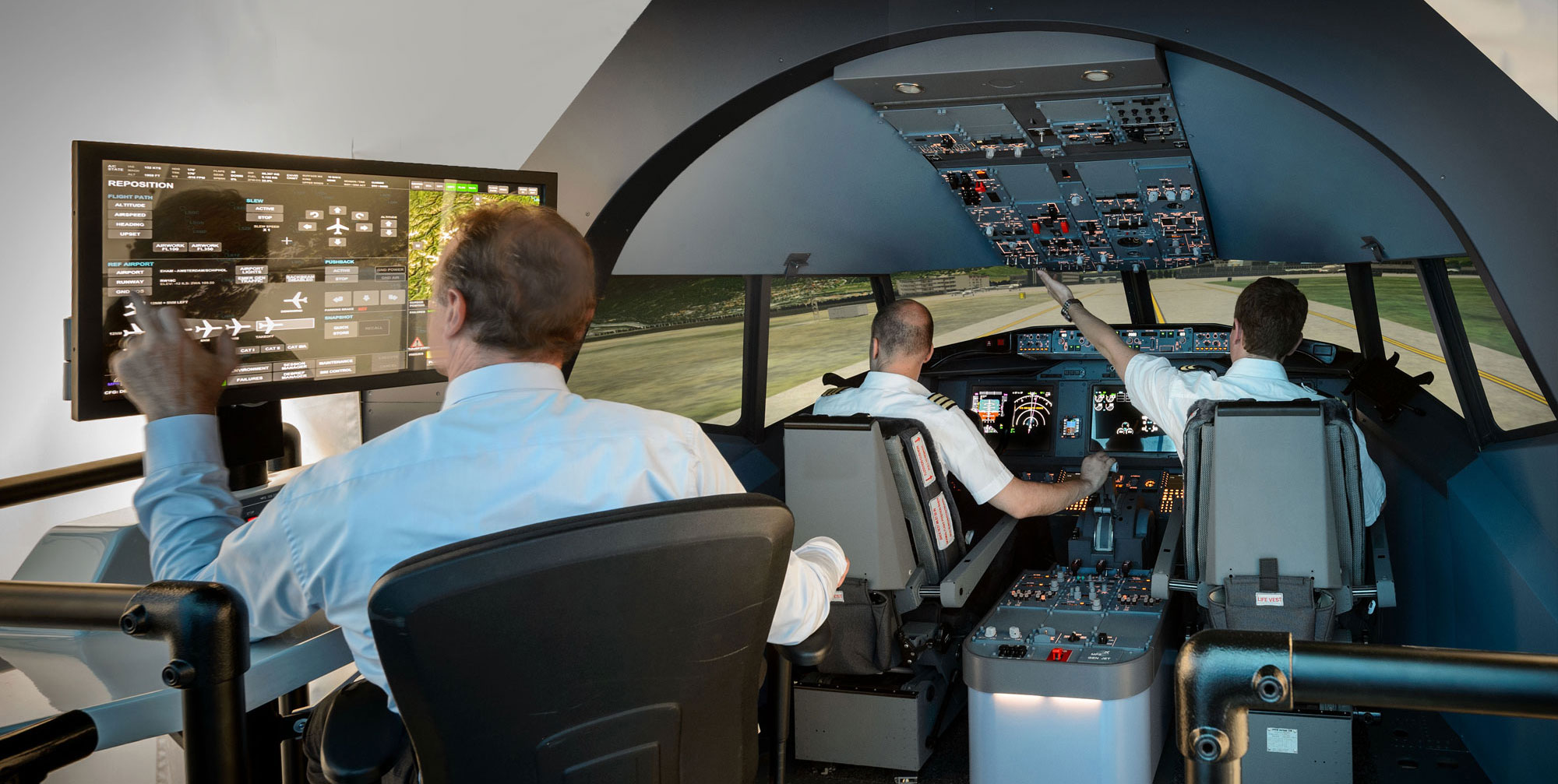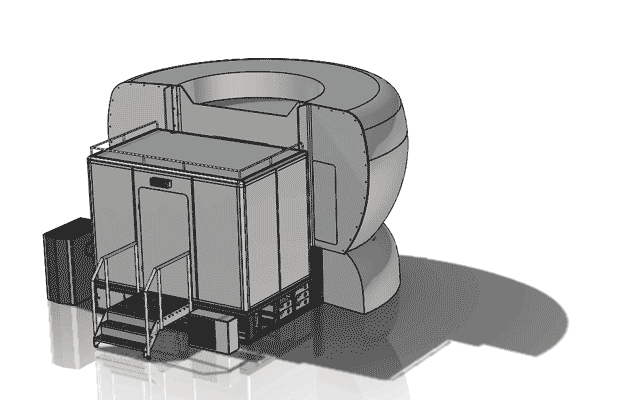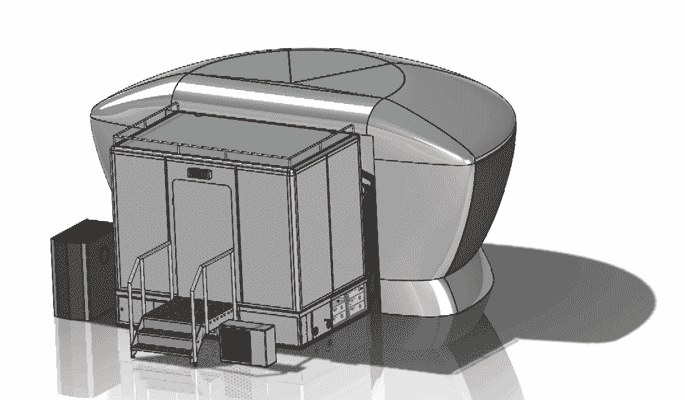The MPS team has written an extensive White Paper titled “NPA 2020-15: Opportunities for high-fidelity FTDs in type specific flight crew training” based upon the EASA Notice of Proposed Amendment (NPA) 2020-15 which was published in December 2020. In a series of blogs, our team has provided a look into the future of training with these new regulations by providing the foreword of the MPS white paper, a commercial analysis and the regulatory impact. To tie up the series, I will go into some of the background of NPA 2020-15, specific device and FSTD Capability Signature (FCS) definitions and terminology and give insight into how all the aspects we have discussed in previous blogs play into the basis of future growth in aviation training.
First, some of the background. In ICAO Doc 9625 rev 4, the panel created a new way to look at simulator qualification and tied it into the use. Seven types of devices were envisioned, ranging from a very simple procedure trainer to the FFS level D at the other end. In EASA terms, there have been up to nine categories, many of them not used anymore. Therefore, it was time to align these.
The up-and-coming FTD’s are increasingly capable to offload the FFS level D devices, and as in the graph above, we have seen an increasing number of evaluation requests. However, even this narrow band of devices has a lot of variety between them. Therefore, more granularity beyond the level of qualification, was needed. Identifying the actual capabilities of the devices was one of the starting points of the NPA.
For this, we used the baseline of ICAO 9625, as indicated below:
As you can see from this chart, there are 12 features (Capabilities) in three areas: Aircraft, Cueing and Environment. All these areas have a possible Capability level of N (None), G (Generic), R (Representative) or S (Specific), with the caveat that for some areas like cueing, the highest achievable level is Representative.
Furthermore, in these tables, as well as in the NPA, there is a difference between “Training” and “Training to Proficiency”.
As often discussed by our team, current training is outdated. We need a future proof system that focuses on quality and cost reduction with an additional focus on the environment. Through new regulations such as NPA 2020-15, we are opening the door to new training possibility that was once restricted by old school thinking.
In the future, devices like the MPS FTD’s will be assessed levels of fidelity in all the features (the FCS). The higher the FCS, the more credits can be provided and thus, more training can be offloaded from the FFS. This is why the MPS FTD is identified as an FFS without motion, as we strive to achieve the highest achievable levels of fidelity for our customers’ use, leading to a significant cost reduction in their training while maintaining the highest quality.
From an economic standpoint, the new regulations allow organizations to train on appropriate devices for specific tasks, many of which can be accomplished with fixed base devices rather than FFS devices and can also bring training in-house for optimum quality control. Training “simple tasks” on FFS devices increases cost unnecessarily. Often travel is also required for off-site training which leads to even higher operational cost. FTD devices can be placed at a local base, eliminating expensive travel and unavailability of crews.
With new regulations, we can also support new environmental standards that as an industry we need to improve upon (and not simply for government bailout). We hold the social responsibility to manage and reduce CO2 emissions and minimize our environmental footprint as much as possible. New regulations allowing high quality training on other devices than the FFS again reduces the need for travel for training, but also saves electricity through dramatically lower energy use.
Overall, through the opening of the regulatory framework provided by the NPA, using these devices will allow for a future-proof system that simultaneously reduces cost and maintains or improves quality, allows for further Blended Learning (see previous blogs) and will support the training organization to identify specific Task-to-Tool or Competency-to-Tool approaches that fit their needs.
MPS has been at the forefront of the development of both the devices that make this possible and the regulatory changes to allow for wider use, and we want to ensure we meet your needs. To understand the full impact of NPA 2020-15, please visit our previous blogs in this series, contact us with any remaining questions and/or request a full copy of the MPS White Paper to share amongst your colleagues at no cost to you by emailing Erik Jennes, MPS Chief Commercial Officer, at Erik.Jennes@mps.aero.


